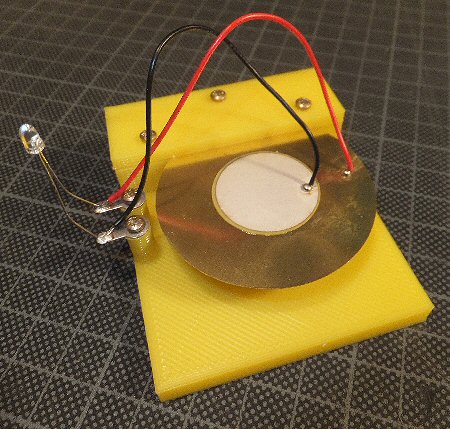Simple piezo-electric demonstration
Dr Jonathan Hare, The Creative Science Centre, University of Sussex


|
original piezo article |
3D .stl file 3D .g file 3D .scad file |
more soon |
more soon |
more soon |
back to 3D page |
THE CREATIVE SCIENCE CENTRE
home | diary | whats on | CSC summary | latest news